Introduction of Bullnose Tile vs. Schluter Strip
Bullnose Tile vs. Schluter Strip, When it comes to creating a polished and professional look for tiled surfaces, choosing the right edge finish is crucial. Two of the most popular choices are bullnose tiles and Schluter strips, each offering unique advantages and stylistic benefits. Whether you’re working on a bathroom remodel, kitchen cabinets backsplash, or flooring project, this guide explores the key features, benefits, and differences of these tile edge finishing options.
We’ll also look at other bullnose tile alternatives and modern tile edge designs to provide you with a complete understanding of the options available. From decorative tile edging to Schluter edge profiles, this eBook is packed with tile edging solutions and tile edge protection ideas to ensure your project is both functional and visually stunning.
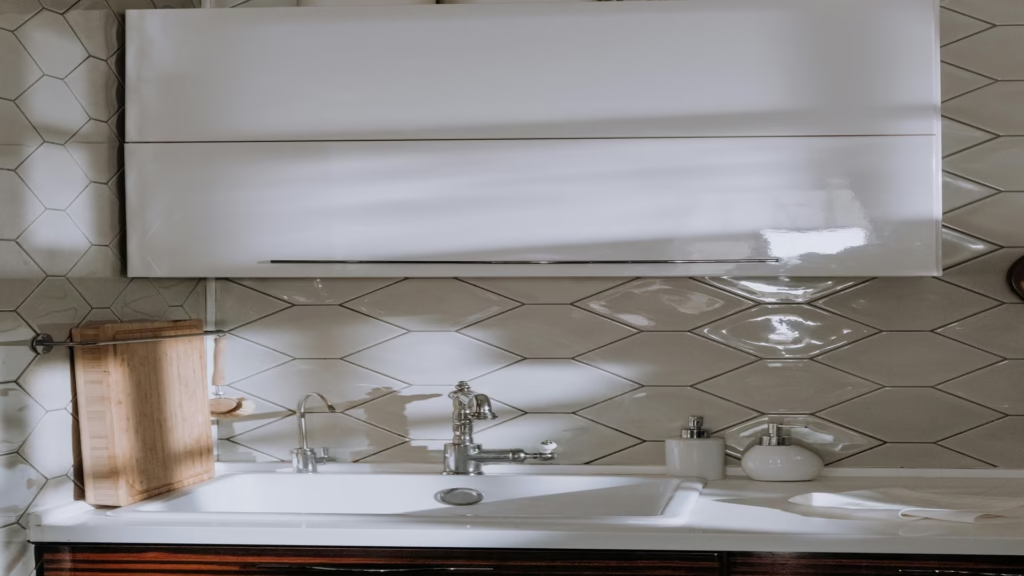
The Basics of Tile Edge Finishing Options
Tile edge finishing options are designed to create a clean, seamless, and polished look while providing functional protection for exposed tile edges. Left untreated, these edges can appear rough and unfinished, diminishing the overall aesthetic and potentially leading to wear and chipping over time.
Popular solutions include Bullnose Tile vs. Schluter Strip, which offer a rounded and smooth finish, and Schluter strips, which introduce a sleek, contemporary look. Additionally,tile trim comparisons often highlight corner pieces, grout-based finishes, or custom wood trims as other viable solutions.
Each of these methods provides distinct advantages depending on the project’s style, durability needs, and budget. Whether you prefer a classic finish or a modern tile edge design, there’s a solution tailored to your taste.
What Are Bullnose Tiles?
Bullnose Tile vs. Schluter Strip are a timeless choice for finishing tile edges, offering a smooth and rounded design that creates a cohesive and professional look.
These tiles are specifically designed to complement standard tiles in size, color, and texture, making them an integral part of many traditional tile installations. Often used for backsplashes, countertops, and shower walls, bullnose tiles eliminate the harsh appearance of cut tile edges, making the surface look softer and more elegant.
This decorative tile edging option is also highly functional, as the rounded edges protect tiles from chipping and make cleaning easier. However, they may not suit every project, especially those leaning towards a sleek and minimalist aesthetic, where alternatives like Bullnose Tile vs. Schluter Strip profiles might work better.
An Introduction to Schluter Strips
For those who prefer a contemporary or industrial aesthetic, Schluter strips are an excellent choice. These thin, durable strips made from aluminum, stainless steel, or PVC offer a modern edge solution that complements various tile designs and thicknesses.
Schluter strips are often praised for their versatility; they come in multiple finishes like brushed steel, matte black, and polished chrome, allowing them to blend seamlessly into diverse design schemes.
Beyond aesthetics, Schluter strips are highly durable,making them ideal for high-traffic areas like entryways and commercial spaces.
Unlike bullnose tiles, Schluter strips do not require specific tile types, offering flexibility and cost-effectiveness. As bullnose tile alternatives, Schluter strips balance style, function, and ease of installation.
Bullnose Tile Alternatives
While bullnose tiles have been a staple in tile finishing for decades, they may not suit every project. For homeowners or professionals seeking a different look, several alternatives to bullnose tile edge can achieve a polished finish without compromising style or functionality.
One popular choice is Schluter edge profiles, which offer a clean, modern edge with minimal effort. Another option is using wood or stone trim pieces that add a rustic or organic feel to the design. Polished tile edges, achieved by grinding and smoothing the tile’s natural edge, provide a minimalist solution ideal for contemporary spaces.
Vinyl or PVC trim pieces are budget-friendly options often used in utility spaces. Each alternative brings its unique flair, making it easy to match the finish to your project’s aesthetic and practical requirements.
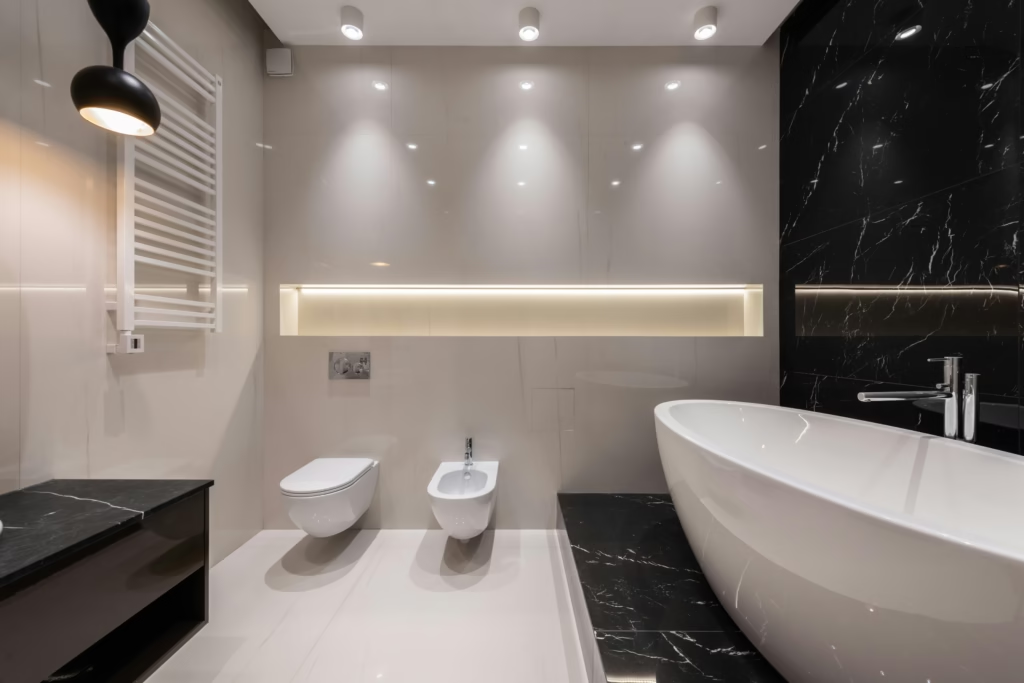
Comparing Bullnose Tiles and Schluter Strips
When debating Bullnose Tile vs. Schluter Strip, it’s essential to weigh the pros and cons of each option. Bullnose tiles are lauded for their traditional and cohesive look, seamlessly blending with the main tiles.
However, they can be more expensive and require precise matching to ensure a harmonious design. On the other hand, Schluter strips excel in providing a sleek, industrial finish at a lower cost.
They are easy to install, versatile across tile thicknesses, and available in numerous finishes to complement modern interiors. While bullnose tiles suit classic aesthetics,Schluter strips shine in minimalist and contemporary designs.
Ultimately, the choice between these tile edging solutions depends on personal taste, project type, and budget considerations.
Decorative Tile Edging for Style and Functionality
Tile edging isn’t just about protection—it’s also an opportunity to add decorative flair to your project. Decorative tile edging options include custom trims, accent strips, and even contrasting materials like metal or wood.
Incorporating edging that contrasts or complements your tile design can elevate the overall look, turning a standard installation into a statement piece. Schluter strips, for instance, are available in vibrant or metallic finishes that draw attention to the edges, creating a bold visual effect.
Bullnose tiles, meanwhile, maintain a more subdued elegance that blends effortlessly into the overall layout. Whichever style you choose, decorative edging is both a functional necessity and a design opportunity that shouldn’t be overlooked.
The Aesthetic Appeal of Bullnose Tiles
Bullnose tiles bring a soft, polished touch to tiled surfaces. Their rounded edges add a timeless appeal that works well in traditional and transitional designs. When used on kitchenAid backsplashes or bathroom walls, bullnose tiles create a seamless finish that feels cohesive and clean.
This style of tile edge protection is ideal for areas prone to heavy cleaning, as the smooth edges prevent dirt from accumulating. Bullnose tiles can also be creatively used to outline mosaic patterns, providing a framework that enhances the design.
While they blend well into classic spaces, they might feel a bit dated in ultramodern or industrial designs. However, their versatility in color and material often makes them a favorite for those seeking understated elegance.
The Modern Versatility of Schluter Strips
For a more contemporary finish, Schluter strips provide unmatched versatility and durability. These metal or PVC trims are engineered to pair with almost any tile size or thickness, making them a practical solution for complex projects.
Schluter strips are especially popular in spaces that emphasize clean lines, such as minimalist kitchen island or industrial bathrooms. Available in matte, glossy, and textured finishes, these trims allow for creative expression while protecting the tile edges from wear and tear.
They also serve as decorative tile edging, often doubling as a design element when paired with contrasting grout or tile colors. Schluter strips are a go-to choice for modern, sleek designs that prioritize durability and aesthetic precision.

Practical Considerations for Tile Edge Protection
When planning your tile project, consider not only aesthetics but also functionality and longevity. Exposed tile edges are vulnerable to chipping, cracking, and discoloration, especially in high-traffic areas or wet environments like showers.
Both bullnose tiles and Schluter strips offer solutions to these issues, but each has unique advantages. Bullnose tiles provide a smoother, softer finish that prevents snags, making them ideal for spaces with children or pets.
Schluter strips, on the other hand, are more robust and resistant to heavy impact, making them suitable for commercial spaces or areas with frequent foot traffic. By understanding your specific needs, you can choose the tile edging solution that offers the best balance between protection and design.
Bullnose vs. Metal Trims – A Style Debate
The debate over bullnose vs metal trims, often boils down to style preferences. Bullnose tiles are synonymous with warmth and tradition, offering a natural extension of the tile itself.
They work exceptionally well in vintage or Mediterranean-style homes, where curves and soft edges dominate the aesthetic. In contrast, metal trims like Schluter strips scream modernity, with their sharp edges and metallic shine lending a futuristic vibe.
For homeowners or designers looking to make a bold statement, the contrast of metal trims against neutral or matte tiles can be striking. This stylistic choice isn’t merely about looks; it can also define the tone of the space, whether classic and cozy or sharp and contemporary.
Installing Bullnose Tiles – A How-To Guide
Installing bullnose tiles requires precision and patience to achieve a seamless look. Start by selecting bullnose tiles that match the size, color, and texture of your primary tiles.
Use a high-quality adhesive to secure them in place,ensuring they align perfectly with the surrounding tiles. Once the adhesive has dried, grout the seams, taking care to smooth the transitions.
A pro tip is to use a slightly rounded tool to shape the grout for a cohesive look that complements the bullnose’s natural curve. Proper installation not only enhances the aesthetic appeal but also ensures the edges remain durable and chip-resistant over time.
Installing Schluter Strips – A Step-by-Step Guide
Installing Schluter strips is a straightforward process, but attention to detail is key for a flawless finish. Begin by measuring and cutting the Schluter strip to fit the edge you’re finishing. Use a hacksaw or metal snips for a clean cut.
Next, apply thin-set mortar to the edge of the tile where the strip will be placed. Slide the Schluter strip into the mortar, ensuring it sits flush with the tile surface.
Secure the strip by pressing it firmly into the mortar, and then lay the adjacent tiles against it. Make sure the tiles are level with the strip for a seamless transition.
Once everything is in place, grout between the tiles and the Schluter strip, wiping away any excess for a polished look.
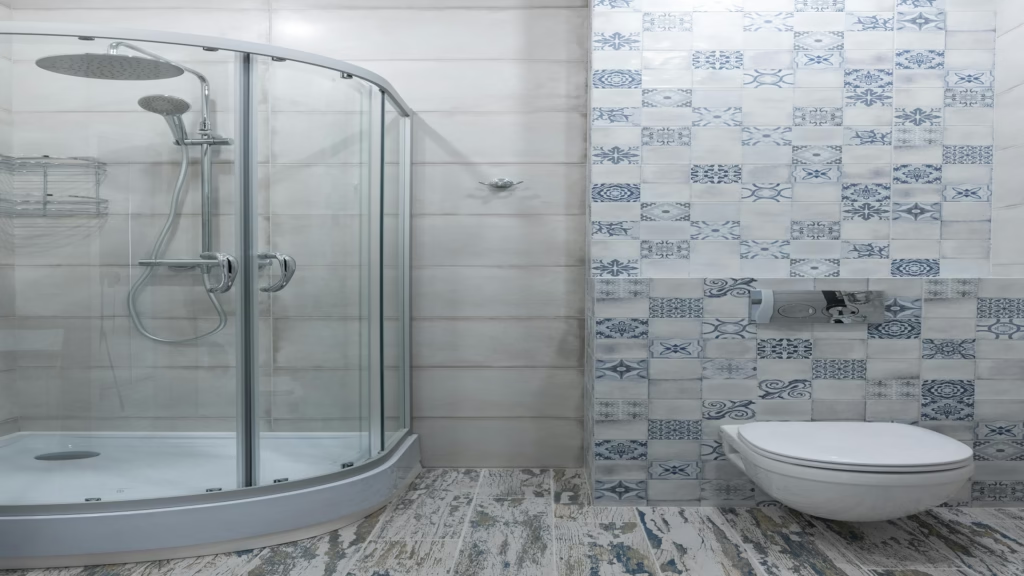
Cost Comparison: Bullnose Tiles vs. Schluter Strips
Budget often plays a significant role in choosing between bullnose tiles and Schluter strips. Bullnose tiles can be more expensive due to the manufacturing process, as they require specialized tools and molds to create the rounded edges.
Finding an exact color match for bullnose tiles can increase costs, especially for custom orders. Schluter strips, on the other hand, are generally more affordable and versatile. They don’t require precise matching to the tiles, which can save time and money.
While initial costs might favor Schluter strips, the long-term durability and design impact of each option should also factor into your decision.
Durability and Maintenance
When it comes to durability, both bullnose tiles and Schluter strips hold their own under different conditions. Bullnose tiles are less prone to scratches due to their ceramic or porcelain material, but they can chip if subjected to heavy impact.
Maintenance involves regular cleaning with non-abrasive cleaners to preserve their smooth finish. Schluter strips, made of metal or PVC, are more resistant to impact and wear, making them a preferred choice for high-traffic areas.
They’re also easier to clean, with a simple wipe-down restoring their shine. For long-term projects, understanding the maintenance requirements of each option can help you choose the right tile edge protection idea for your space.
Customizing Tile Edges with Schluter Profiles
One of the unique advantages of Schluter strips is their ability to be customized. With various finishes, colors, and sizes available, these strips can be tailored to suit almost any design aesthetic.
You can choose brushed aluminum for a sleek industrial look, or opt for matte black to create contrast against light-colored tiles.
Additionally, Schluter strips can be used to create decorative patterns or borders within tiled surfaces, adding visual interest.
This flexibility makes them ideal for projects requiring creative, modern tile edge designs. Whether you’re designing a minimalist bathroom or a bold kitchen backsplash, Schluter strips offer endless customization options.
Matching Tile Edging to Room Design
Choosing the right tile edging is more than just a functional decision—it can significantly influence the room’s overall aesthetic.
Bullnose tiles seamlessly blend into classic or rustic interiors, complementing soft, warm tones and natural materials like wood or stone.
Schluter strips, with their sleek, modern appearance, work best in contemporary or industrial spaces. For transitional designs, a mix of both styles might be the perfect solution, such as pairing bullnose edges on wall tiles with Schluter strips for floor transitions.
By considering the room’s design theme, you can select tile edge finishing options that enhance the space’s visual harmony while offering long-lasting protection.
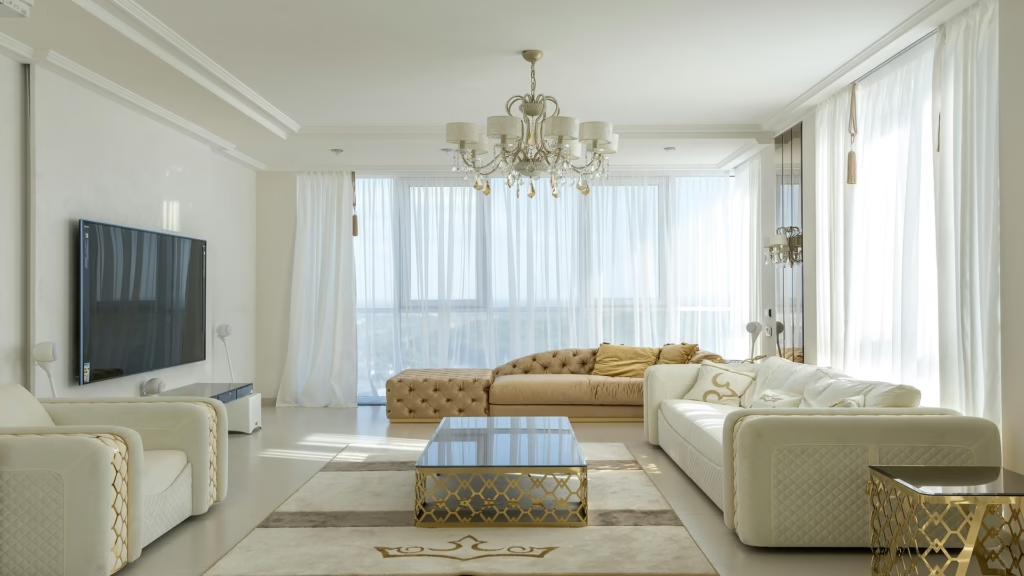
The Environmental Impact of Tile Edging Choices
Sustainability is becoming an increasingly important factor in design decisions, and tile edging is no exception. Bullnose tiles are often made from the same material as the main tiles, meaning fewer resources are needed for production if sourced together.
However, they may generate more waste during the shaping process. Schluter strips, particularly aluminum ones, are recyclable and often produced with minimal waste, making them an eco-friendly alternative.
Some brands offer trims made from recycled materials, reducing their environmental footprint. When considering tile trim comparisons, factoring in the sustainability of your options can make your project more eco-conscious.
Creative Tile Edging Solutions
For those looking to break the mold, creative tile edging solutions can transform a standard installation into a design masterpiece. Mix and match bullnose tiles with Schluter strips to create unique patterns or borders.
For a bold statement, use brightly colored Schluter trims to contrast with neutral tiles. Alternatively, consider using wood, glass, or even rope for unconventional tile edges in non-wet areas.
These options not only protect tile edges but also add personality and artistic flair to your space. With a bit of creativity, tile edging can become a standout feature rather than just a finishing touch.
Common Mistakes to Avoid in Tile Edge Finishing
While tile edging seems straightforward, several common mistakes can compromise the final look and durability. One frequent error is failing to account for tile thickness, leading to mismatched edges or improperly fitting Schluter strips.
Another mistake is neglecting to properly align bullnose tiles, resulting in uneven edges that can detract from the overall design. Using the wrong adhesive or failing to seal the edges correctly can also cause long-term damage, such as chipping or water infiltration.
These pitfalls can help ensure your tile edging solutions are both functional and visually flawless.
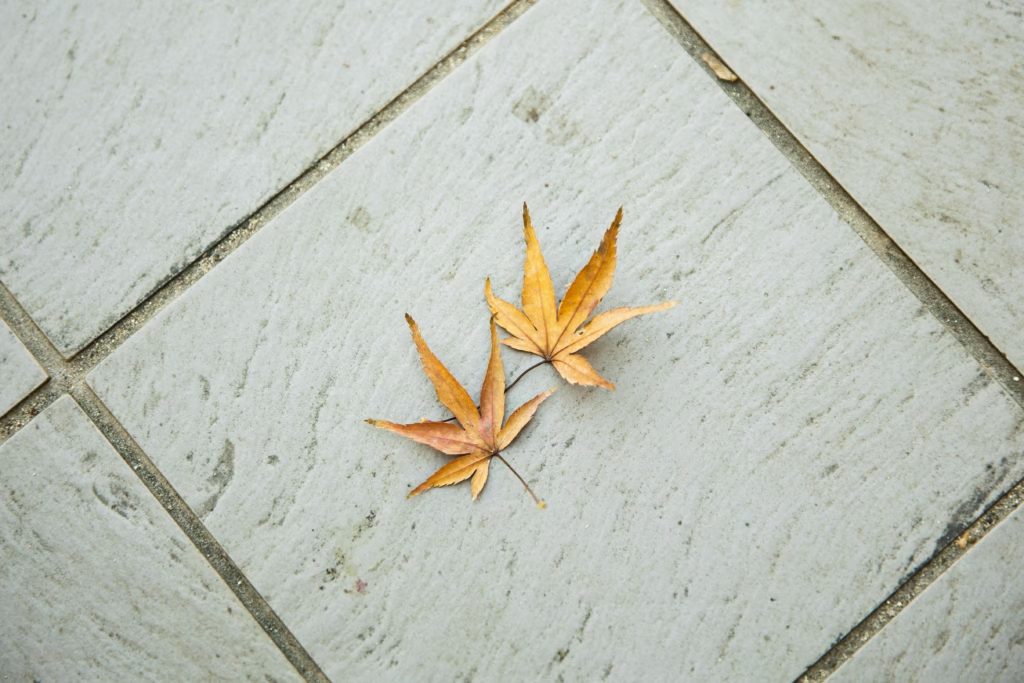
The Future of Tile Edge Design
As trends evolve, so do tile edging options. The demand for minimalist designs is driving innovations like ultra-thin Schluter strips and tiles with integrated edge profiles.
Customizable finishes, such as powder-coated colors, are gaining popularity for their ability to match diverse interiors. Technological advancements, including edge trims with built-in LED lighting, are redefining modern tile edge designs and making them a focal point of the room.
These futuristic solutions combine style and functionality, ensuring tile edges continue to protect while enhancing the overall aesthetic of any space.

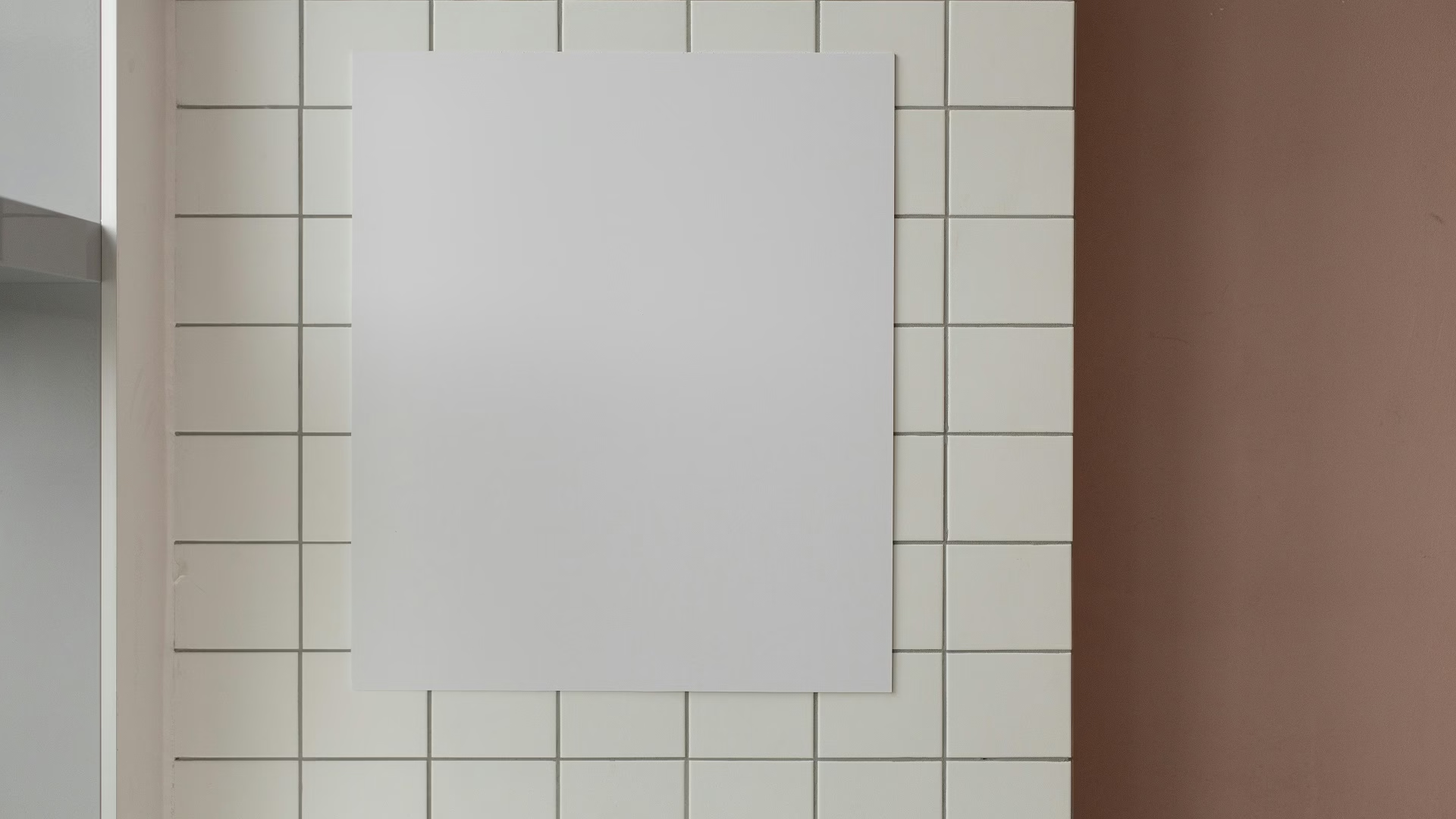
2 Comments